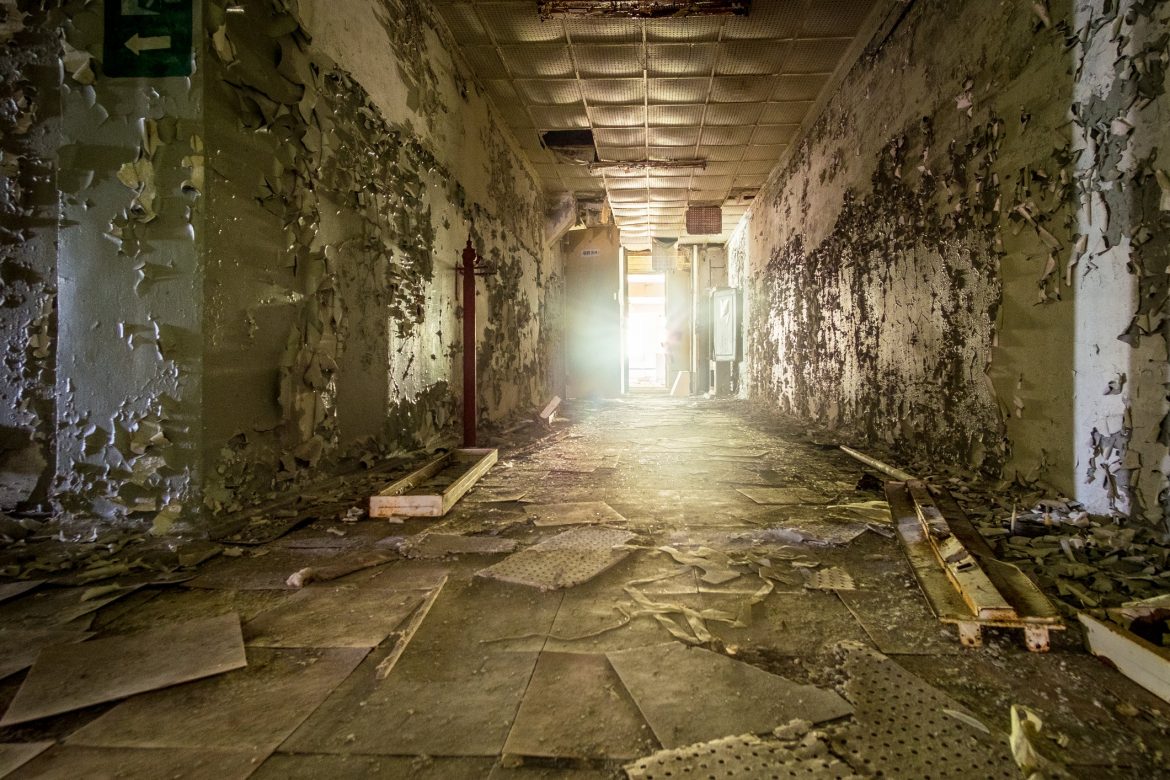An explosion at the Chernobyl Nuclear Power Plant in 1986 spread a radioactive cloud over large parts of the Soviet Union, now the territories of Belarus, Ukraine and the Russian Federation. Nearly 8.4 million people in the three countries were exposed to the radiation. Today marks 35 years on this disaster.
The Soviet Government acknowledged the need for international assistance only in 1990. That same year the General Assembly adopted resolution 45/190, calling for “international cooperation to address and mitigate the consequences at the Chernobyl nuclear power plant.” That was the start of the United Nations’ involvement in the Chernobyl recovery. An Inter-Agency Task Force was established to coordinate the Chernobyl co-operation. In 1991 the UN created the Chernobyl Trust Fund – currently under the management of the Office for the Coordination of Humanitarian Affairs (OCHA). Since 1986, the UN family of organizations and major NGOs have launched more than 230 different research and assistance projects in the fields of health, nuclear safety, rehabilitation, environment, production of clean foods and information.

In 2002 the United Nations announced a shift in the Chernobyl strategy, with a new focus on a long-term developmental approach. UNDP and its regional offices in the three affected countries took the lead in the implementation of the new strategy. There is still a great deal of work that needs to be done in the affected region. To provide support to international, national and public programmes targeted at the sustainable development of these territories, in 2009 UN launched the International Chernobyl Research and Information Network (ICRIN).
On 8 December 2016 the United Nations General Assembly adopted a resolution designating 26 April as International Chernobyl Disaster Remembrance Day. In its resolution, the General Assembly recognized that three decades after the disaster there remains persistent serious long-term consequences and that the affected communities and territories are experiencing continuing related needs. The General Assembly invites all Member States, relevant agencies of the United Nations system and other international organizations, as well as civil society, to observe the day.
Recent Developments on Chernobyl site
The completion of the placement of the new safe confinement over the old shelter was a major milestone achieved in 2019, with €2.2 billion provided by over 45 donor nations through funds managed by the European Bank for Reconstruction and Development (EBRD). The new safe confinement was handed over to the Government of Ukraine on 10 July 2019. The scope of the project in terms of international cooperation is one of the largest ever seen in the field of nuclear safety.
Since the United Nations agencies have shifted their focus from humanitarian assistance to prevention, recovery, remediation and capacity development, an integrated approach to sustainable development was adopted to address the needs of the affected regions and communities. The agencies, funds and programmes have continued to work closely with the Governments of Belarus, the Russian Federation and Ukraine to provide development assistance to the Chernobyl-affected communities.
Source: UN








